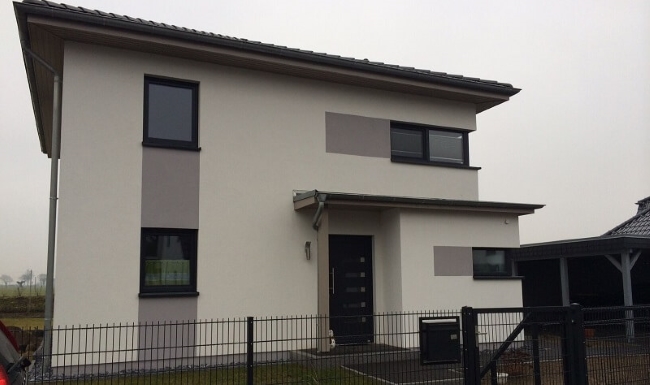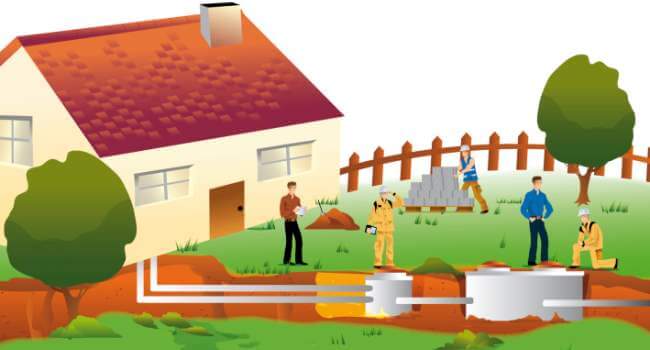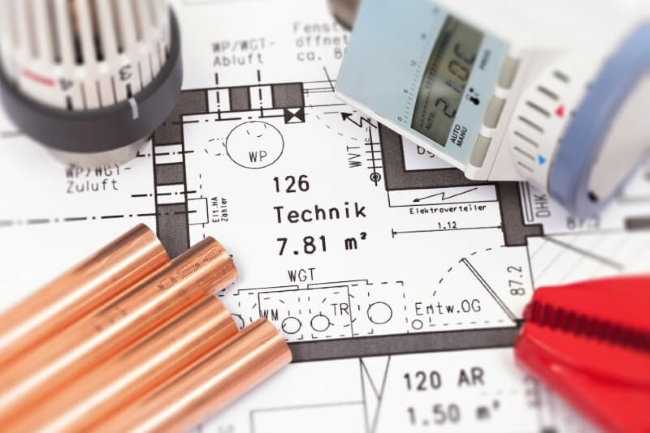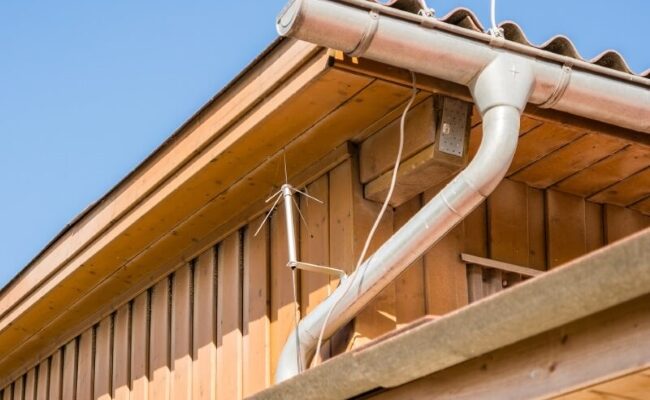Until the 18th century, lightning was feared: entire parts of the city were thus set on fire. The idea of lightning protection dates back to 1752. At that time, politician and inventor Benjamin Franklin realized that lightning was nothing more than a large spark. He immediately hypothesized that a… high iron bar next to a residential building it could act as protection against lightning.
This was intended to conduct lightning into the ground as a grounding system. In 1760 he installed a stop device for a Philadelphia merchant. It didn’t take long before… Effectiveness of this first lightning rod it was demonstrated during a thunderstorm. Today’s lightning protection devices are still essentially based on the first Franklin arresters.
The construction of modern lightning protection systems
One difference is that today we distinguish between external and internal lightning protection. A external lightning rod it still consists of a collection system, a drop and an earthing system. Today, however, the collection system is mounted on the roof. It always exceeds the height of the house. Normally the down conductor is connected to a foundation earth electrode which conducts the electrical current of the lightning directly into the ground through the earthing.
A Internal lightning protection It belongs to the external lightning rod. It consists of a lightning current arrester on the distribution box and a surge arrester in the secondary power distribution. These devices protect electrical cables from lightning and its effects by equalizing their potential
- Short circuits in the lines
- resulting in the formation of sparks
- resulting in fires and damage to buildings
- Surge damage to building services.
Lightning protection regulations
There is no legal requirement for lightning protection for your building, unless you are the owner of a high-rise building, for which there is a requirement to have a lightning rod. The Committee for Lightning Protection and Lightning Research (ABB) of the VDE (Association of Electrical, Electronic and Computer Engineers) recommends installing lightning rods but in some cases still.
You should always consider lightning rods if your building is significantly taller than other homes or towers in the area. In these cases, you are more likely to be struck by lightning. As a precaution, a lightning current dissipation device and surge protection should also be considered when using highly flammable roofing materials. This would be the case, for example, with reed roofs. However, it is also necessary to adequately protect them against the outbreak of a fire with additional measures.
Plan for lightning rods from the beginning
If you intend to install lightning rods: plan the lightning rod system from the beginning! Modernization, like all other systems and components added later, always leads to an increase in the costs for financing the building.
We will be happy to discuss with you whether you actually need a protective device to minimize the risk of fire in the event of a lightning strike. We plan your home comprehensively and individually and think of all eventualities. If you have any questions you can contact us at any time by phone or using our contact form.
Conclusion
Installing a lightning protection system is an essential step in safeguarding any property, especially when the building stands taller than its surroundings or is constructed with flammable materials. The risk of lightning strikes increases considerably in such cases, and the consequences can be severe, ranging from structural damage to fire outbreaks. Therefore, implementing preventive solutions such as lightning rods, current dissipation devices, and surge protectors is not merely an option but a critical investment in safety and resilience.
Beyond reducing the immediate impact of a lightning strike, these protective systems play a vital role in maintaining the structural integrity of a property and protecting the people inside it. A lightning rod serves as the first line of defense by safely directing electrical energy into the ground, while surge protectors prevent damage to electrical systems and connected devices. When buildings incorporate flammable materials like reed or wooden roofing, these measures become even more essential, as the risk of ignition from a single electrical discharge can lead to devastating fires.
Moreover, adopting lightning protection reflects a proactive approach to risk management. It demonstrates a commitment to preserving both life and property, ensuring that natural elements do not result in unnecessary losses. Proper installation, regular maintenance, and compliance with safety standards further enhance the reliability of these systems.
In conclusion, while lightning is an unpredictable and powerful force of nature, the damage it can cause is largely preventable. By combining lightning rods, dissipation systems, and surge protection with appropriate fire safety measures, property owners can achieve comprehensive protection. Taking these precautions ensures peace of mind, long-term durability, and a safer environment for everyone within and around the building.
latest posts published

The basement as an ideal place for a home sauna

Building a condo is a breeze | What’s behind a condominium?

Splash protection for facades – that’s why it makes sense

How to design your home with a covered garage

Build savings in times of low interest rates

Useful information on property drainage | Considerations during construction

Interior wall plaster in brief

Heating with oil, gas or electricity

Foil as desired | Oknoplast


